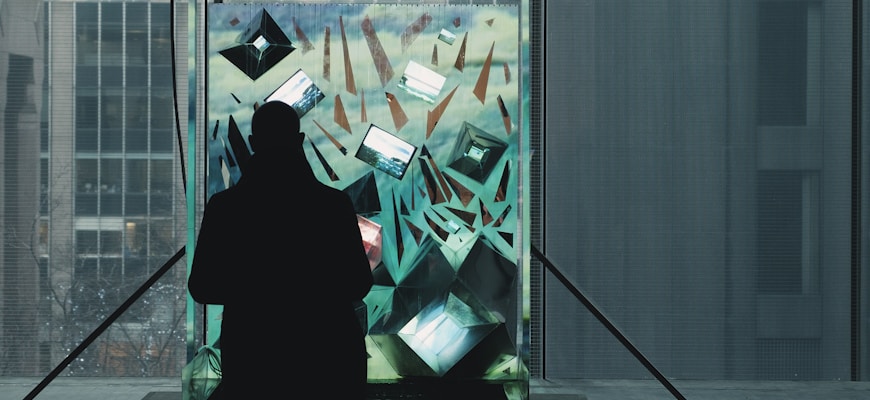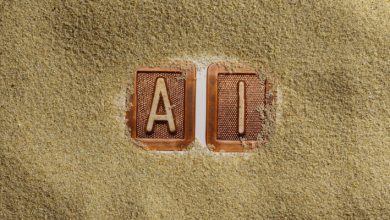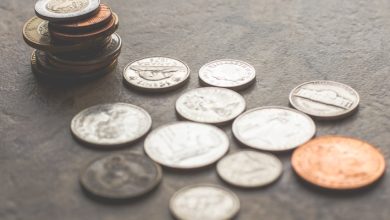The Future of Dynamic NFTs: Beyond Static Digital Art

- Exploring the evolution of NFTs from static to dynamic representations
- The rise of interactive NFTs: How artists are pushing the boundaries
- Unlocking new possibilities with dynamic NFTs in the digital art world
- From passive to active: The future of engagement through dynamic NFTs
- Enhancing user experience: The potential of dynamic NFTs in the blockchain space
- Beyond the static: How dynamic NFTs are reshaping the art market
Exploring the evolution of NFTs from static to dynamic representations
As the demand for NFTs continues to grow, there has been a shift towards exploring the evolution of these digital assets from static to dynamic representations. While traditional NFTs are typically static images or digital art pieces, there is a rising interest in creating NFTs that are dynamic and interactive.
Dynamic NFTs offer a new level of engagement for collectors and enthusiasts, allowing for more immersive and personalized experiences. These dynamic NFTs can include features such as animations, sound effects, interactive elements, and even real-time data updates.
By moving beyond static digital art, dynamic NFTs open up a world of possibilities for creators and collectors alike. These dynamic representations can evolve over time, offering a unique and ever-changing experience for those who own them.
As technology continues to advance, we can expect to see even more innovative and interactive dynamic NFTs in the future. This shift towards dynamic representations marks an exciting new chapter in the world of non-fungible tokens, bringing a whole new dimension to the way we create, collect, and experience digital art.
The rise of interactive NFTs: How artists are pushing the boundaries
In recent years, there has been a surge in the popularity of interactive NFTs among digital artists. These dynamic NFTs go beyond traditional static digital art by incorporating elements that allow the viewer to engage with the artwork in new and exciting ways.
One of the key ways artists are pushing the boundaries with interactive NFTs is through the use of augmented reality (AR) and virtual reality (VR) technology. By integrating AR and VR into their NFTs, artists can create immersive experiences that transport the viewer into a whole new world. This not only enhances the viewer’s connection to the artwork but also opens up new possibilities for storytelling and creativity.
Another trend in the world of interactive NFTs is the use of gamification. Artists are creating NFTs that double as interactive games, where viewers can unlock new levels, collect digital assets, and even earn rewards. This gamified approach not only makes the artwork more engaging but also encourages viewers to spend more time interacting with the NFT, thus increasing its value.
Furthermore, some artists are experimenting with dynamic elements within their NFTs, such as changing colors, shapes, or animations based on external factors like the time of day or the weather. This dynamic aspect adds a layer of unpredictability and excitement to the artwork, making each viewing experience unique.
Overall, the rise of interactive NFTs represents an exciting new frontier for digital art. By pushing the boundaries of what is possible with NFTs, artists are creating innovative and immersive experiences that are redefining the art world. As technology continues to evolve, we can expect to see even more groundbreaking developments in the world of dynamic NFTs.
Unlocking new possibilities with dynamic NFTs in the digital art world
Dynamic NFTs are revolutionizing the digital art world by introducing a new level of interactivity and engagement for both artists and collectors. Unlike traditional static NFTs, dynamic NFTs have the ability to change and evolve over time, offering a unique and ever-changing experience for viewers.
By unlocking new possibilities with dynamic NFTs, artists can create artworks that respond to external stimuli such as the time of day, the weather, or even the viewer’s emotions. This opens up a whole new world of creative expression, allowing artists to explore new mediums and push the boundaries of what is possible in the digital art space.
For collectors, dynamic NFTs offer a more immersive and engaging experience compared to static digital art. By owning a dynamic NFT, collectors become part of the artwork itself, as they watch it evolve and transform over time. This adds a new layer of value and excitement to the collecting experience, making dynamic NFTs highly sought after in the digital art market.
From passive to active: The future of engagement through dynamic NFTs
As the world of NFTs continues to evolve, one of the most exciting developments is the shift from passive to active engagement through dynamic NFTs. Unlike static digital art pieces, dynamic NFTs are designed to change and evolve over time, providing a more interactive and engaging experience for collectors.
By incorporating elements such as animations, audio, and interactive features, dynamic NFTs offer a new level of immersion and interactivity that goes beyond traditional static art. This shift towards active engagement opens up a world of possibilities for artists and collectors alike, allowing for more creativity and innovation in the NFT space.
With dynamic NFTs, collectors can now experience art in a whole new way, as they watch their digital assets transform and evolve before their eyes. This not only adds value to the NFT itself but also creates a deeper connection between the collector and the artwork.
As the demand for dynamic NFTs continues to grow, we can expect to see even more innovation in this space, with artists pushing the boundaries of what is possible with digital art. The future of engagement through dynamic NFTs is bright, offering a new way for collectors to interact with and experience art in the digital age.
Enhancing user experience: The potential of dynamic NFTs in the blockchain space
Dynamic NFTs have the potential to revolutionize the user experience in the blockchain space. By incorporating elements that can change or evolve over time, dynamic NFTs offer a more interactive and engaging digital asset for users to enjoy. These unique features set dynamic NFTs apart from traditional static digital art, providing a new level of immersion and personalization.
With dynamic NFTs, users can experience a sense of ownership and connection to their digital assets as they evolve and respond to various stimuli. This can enhance the overall user experience and make the NFT more valuable and desirable. Dynamic NFTs also open up new possibilities for creators to experiment with different forms of digital art and storytelling, pushing the boundaries of what is possible in the blockchain space.
Furthermore, dynamic NFTs can create a sense of exclusivity and scarcity, as each NFT becomes a one-of-a-kind digital asset that is constantly changing and evolving. This can drive up demand and interest in dynamic NFTs, leading to a more vibrant and dynamic marketplace for digital collectibles. As the technology behind dynamic NFTs continues to evolve, we can expect to see even more innovative and exciting use cases emerge in the future.
Beyond the static: How dynamic NFTs are reshaping the art market
The rise of dynamic NFTs is revolutionizing the art market, offering a new way for artists to engage with their audience. Unlike traditional static digital art, dynamic NFTs evolve over time, providing viewers with a unique and ever-changing experience. This interactive element adds a new layer of depth to digital art, allowing collectors to connect with the artwork in a more immersive way.
Dynamic NFTs are reshaping how we perceive and interact with art, blurring the lines between the physical and digital worlds. By incorporating elements like animation, sound, and interactivity, artists can create truly immersive experiences that captivate audiences in ways never before possible. This shift towards dynamic NFTs is opening up new possibilities for artists to experiment and push the boundaries of their creativity.
Collectors are also embracing dynamic NFTs for their unique and evolving nature. Unlike traditional static art, which remains the same over time, dynamic NFTs offer a constantly changing experience that keeps viewers coming back for more. This dynamic nature adds a new layer of excitement and intrigue to collecting digital art, making it a more engaging and interactive experience for art enthusiasts.
As the popularity of dynamic NFTs continues to grow, we can expect to see even more innovation in the space. Artists will continue to push the boundaries of what is possible with dynamic digital art, creating new and exciting ways to engage with their audience. Collectors, in turn, will have the opportunity to own truly unique and evolving pieces of art that reflect the dynamic nature of the digital age.




